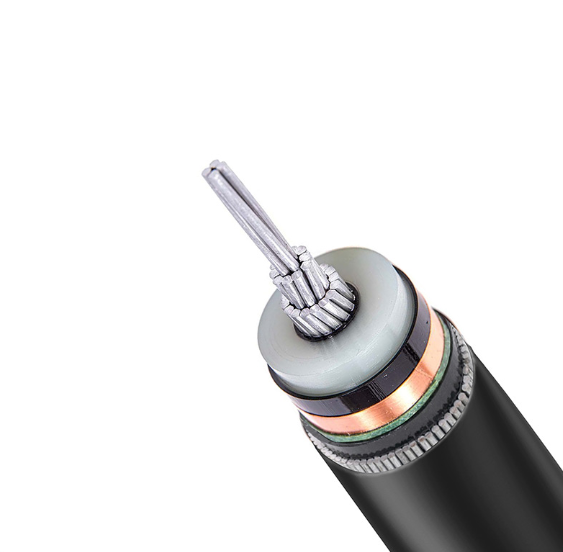- Home
- Products
- Certificates
- Cooperation
- About Us
- News
- Contact
Contact
+86 188 3213 4509
Contact
+86 188 3213 4509
Nov. 05, 2025
Burying armoured cable—whether Steel Wire Armoured (SWA) or Steel Tape Armoured (STA)—is a common method of installing power cables safely and securely. Although exact rules vary by country or region, most electrical authorities and engineering standards share similar principles for underground cable installation.
Below are the core regulations and best practices commonly required for burying armoured cables in residential, commercial, and industrial environments.

Different regions specify minimum depths, but widely accepted standards include:
| Installation Location | Minimum Depth (Typical) |
|---|---|
| Residential garden/yard | 450–600 mm |
| Driveways, parking areas | 600–900 mm |
| Public walkways | 600 mm |
| Roadways / heavy vehicle areas | 900 mm or deeper |
These depths help protect the cable from accidental digging, soil pressure, or vehicle load.
Even though armoured cable has built-in mechanical protection, regulators typically require additional safety layers:
Sand bedding (50–100 mm) beneath and above the cable
– prevents sharp stones from damaging the sheath
Warning tape or marker mesh installed 150–300 mm above the cable
– alerts future excavators before they reach the cable
Backfill free of sharp debris
Cable tiles or ducts in high-risk areas (roads, industrial sites)
These layers ensure long-term protection and help meet engineering compliance.
Regulations require safe spacing between underground services:
Water pipes: 150–300 mm
Gas pipes: 300–600 mm
Telecom/data cables: 150 mm
Other power cables: separated or placed in separate ducts unless bundled by design
Maintaining physical separation reduces electrical interference and prevents cross-service hazards during maintenance.
In many jurisdictions:
Armoured cable may be buried directly in soil (direct burial permitted)
But conduit is required when:
crossing roadways
running into buildings
located in corrosive soil
installed in areas with high rodent activity
future cable replacement is expected
PVC, HDPE, or steel ducts are commonly approved materials.
Regulations often require buried cables to:
Be armoured (SWA/STA) or equivalent
Use XLPE insulation for underground power distribution
Comply with standards such as:
IEC 60502-1 / 60502-2
BS 5467 / BS 6724
EN 60228
NEC Article 300 / 310 (U.S.)
Zhuhai Cable’s XLPE power cables with SWA/STA construction meet these international specifications and are designed for underground installation.
Armoured cables buried in soil must have:
UV- and moisture-resistant outer sheath (commonly PVC or LSZH)
Optional anti-corrosion tape in aggressive soils (alkaline or acidic conditions)
Properly sealed terminations to prevent water ingress
This ensures long service life and maintains electrical integrity.
Installation codes (IEC/BS/NEC) specify:
Minimum bending radius, typically 8–15 times the cable diameter
No excessive pulling force; armour is not intended to serve as a pulling messenger
Use of cable rollers or lubrication for long pulls
Improper handling may damage insulation layers.
Most regulations require:
Armour to be properly earthed/grounded
Use of appropriate glands and lugs at both ends
Bonding to building or facility grounding systems
Grounding ensures fault-current protection and reduces shock risk.
Before backfilling, regulatory guidelines usually require:
Visual inspection of trench depth, bedding, separation, and ducting
Megger/insulation resistance testing
As-built drawings documenting cable path and depth
Some industrial or utility installations require official sign-off before burial.
Burying armoured cable is highly regulated to ensure safety, durability, and compliance. The essential requirements include:
Sufficient burial depth
Sand bedding and warning markers
Proper separation from other utilities
Certified cable types (SWA/STA XLPE)
Correct grounding and installation techniques
By following these regulations, underground cable systems can operate safely for decades with minimal maintenance.